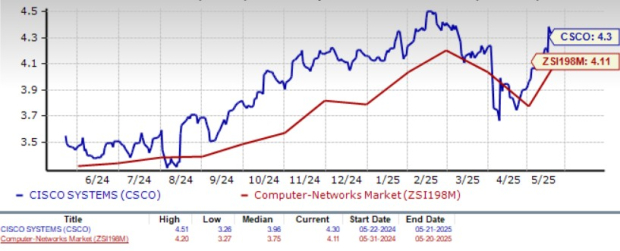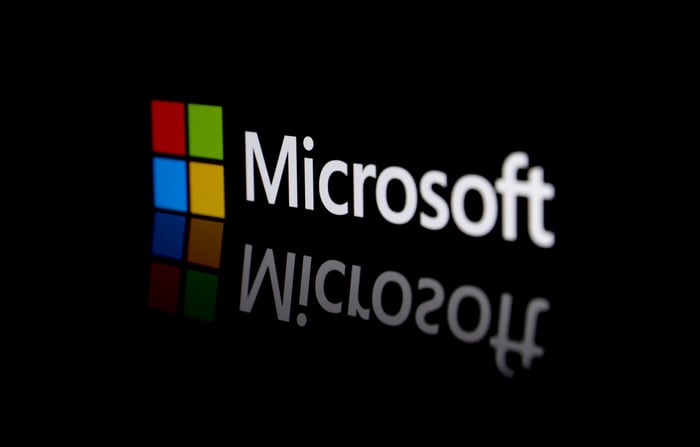Cocoa Prices Decline Amid Concerns About Supply and Quality
July ICE NY cocoa (CCN25) today is down -427 (-3.98%), and July ICE London cocoa #7 (CAN25) is down -355 (-4.76%).
Sharp Price Drop and Weather Impacts
Cocoa prices have fallen sharply today, reaching one-week lows. Favorable rain forecasts for West Africa are influencing market sentiment, as moderate showers are expected to continue this week, aiding cocoa crop development.
Inventory Levels Impacting Market
Ample cocoa inventories are adding downward pressure on prices. ICE-monitored cocoa stocks in U.S. ports rose to a 7-3/4 month high of 2,165,175 bags as of Wednesday. This increase follows a previous rally on Tuesday when NY cocoa prices hit a 3-1/2 month nearest-futures high, attributed to a slowdown in cocoa exports from Ivory Coast. From October 1 to May 18, Ivory Coast farmers shipped 1.58 million metric tons (MMT) of cocoa, marking a 10.5% increase from last year but significantly down from the larger 35% growth seen in December.
Quality Concerns in the Mid-Crop
Quality issues surrounding the Ivory Coast’s mid-crop are contributing to the market’s volatility. Despite recent rains, drought conditions still affect over a third of both Ghana and Ivory Coast. Cocoa processors report rejecting truckloads of mid-crop beans due to poor quality, with about 5% to 6% being subpar—up from just 1% during the main crop.
Production Forecasts and Market Responses
Rabobank indicates that the poor quality of the mid-crop is linked to late rainfall that hindered crop growth. The mid-crop is smaller compared to the main harvest, typically starting in April, with this year’s estimate for Ivory Coast at 400,000 MT—down 9% from last year’s 440,000 MT.
Consumer Demand and Economic Factors
High cocoa prices are raising concerns about consumer demand. Barry Callebaut AG recently reduced its annual sales guidance due to price pressures and tariff uncertainties. Hershey Co. reported a 14% drop in Q1 sales and expects $15-$20 million in tariff costs impacting Q2 operations, which could further deter consumer spending. Mondelez International also noted softer-than-expected Q1 sales, attributing declines to rising costs and economic uncertainty.
Global Demand Figures Provide a Mixed Outlook
Despite these pressures, there have been signs of stronger-than-expected global cocoa demand. North American cocoa grindings decreased by 2.5% year-over-year (y/y) to 110,278 MT, which was less than anticipated. Similarly, European cocoa grindings fell 3.7% y/y to 353,522 MT, while Asia registered a 3.4% y/y decline at 213,898 MT, again better than expected.
Forecasts for Ghana and Global Cocoa Deficits
Smaller cocoa supplies from Ghana, the second-largest cocoa producer, are supporting prices. Ghana’s cocoa regulator, Cocobod, reduced its 2024/25 harvest forecast to 617,500 MT, down 5% from earlier estimates.
On February 28, the International Cocoa Organization (ICCO) announced a 2023/24 global cocoa deficit of 441,000 MT, the largest in over 60 years. They reported a 13.1% y/y drop in production to 4.380 MMT and a stocks/grindings ratio of 27.0%, the lowest in 46 years. Looking ahead, ICCO anticipates a surplus of 142,000 MT for 2024/25, predicting a production increase of 7.8% y/y to 4.84 MMT.
On the date of publication, Rich Asplund did not have (either directly or indirectly) positions in any of the securities mentioned in this article. All information and data in this article is solely for informational purposes. For more information please view the Barchart Disclosure Policy
here.
The views and opinions expressed herein are the views and opinions of the author and do not necessarily reflect those of Nasdaq, Inc.


